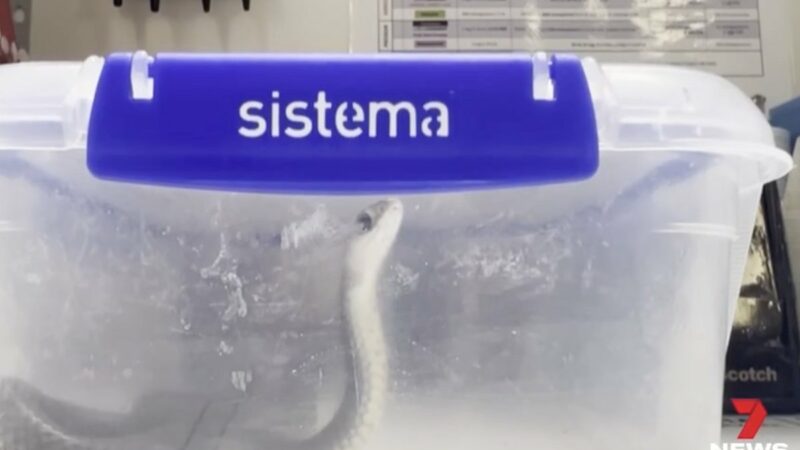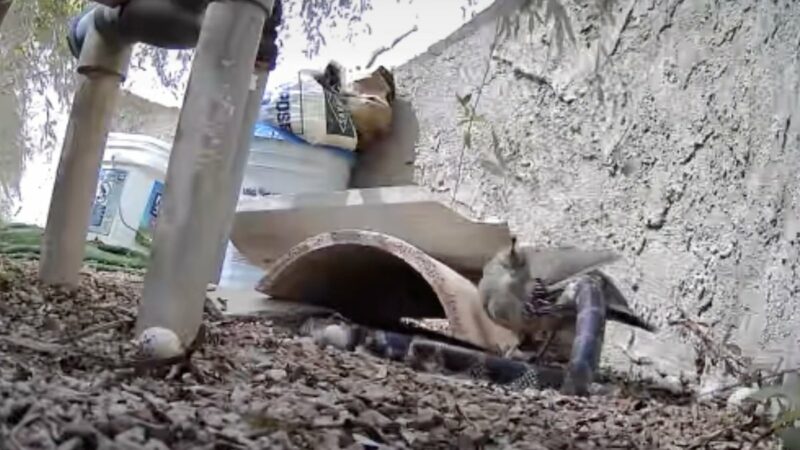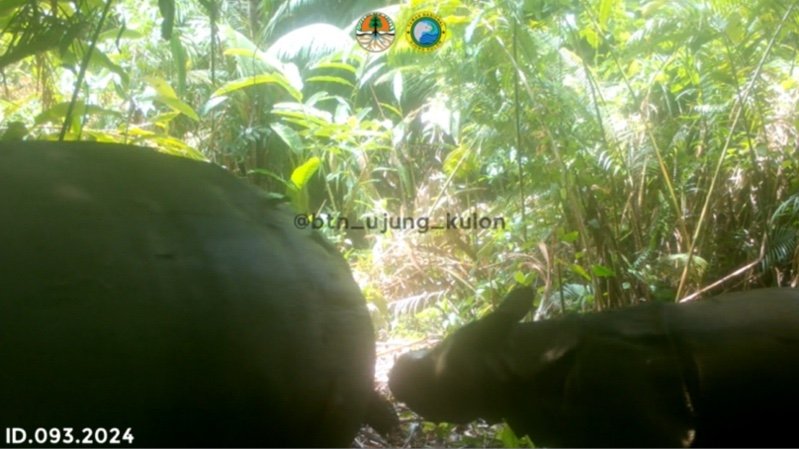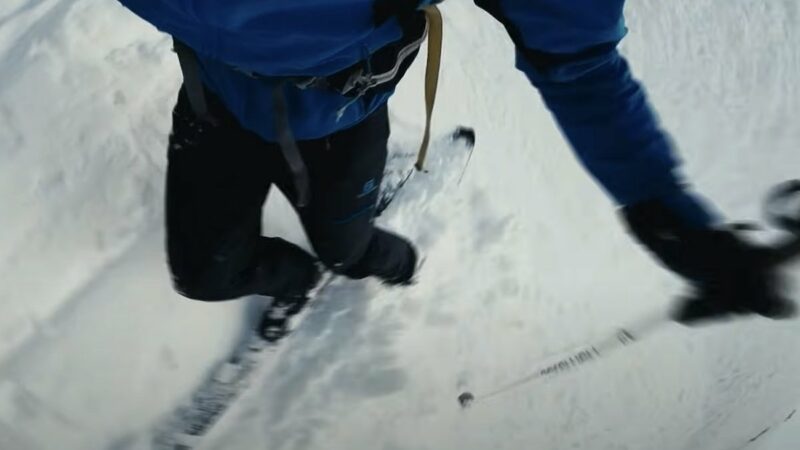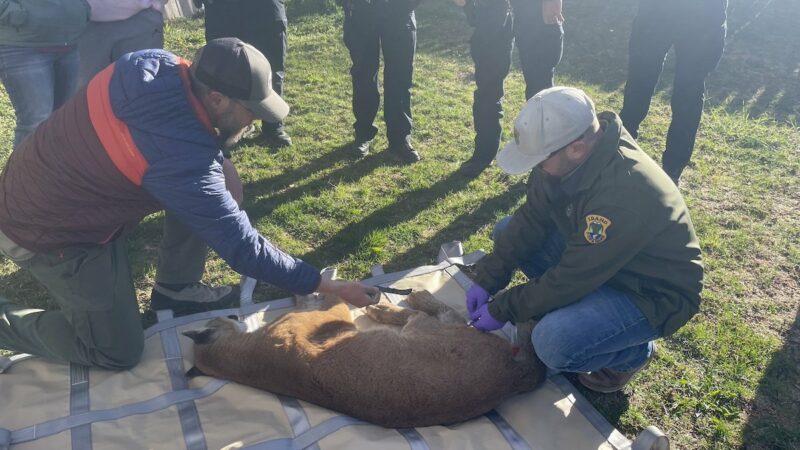How Bear Grylls Keeps His Food Safe From (Other) Bears
Adventurer and survival expert Bear Grylls has met all sorts of fierce and hungry creatures during his time in the wild, and he has learned a few tricks to keep them away from his precious food supplies.
Bears in particular have an amazing sense of smell are known for raiding campsites if they smell food or even things like scented toiletries and toothpaste, so there are a few clever ways to keep your food out of their reach – and out of the reach of other creatures like squirrels and raccoons too.
Bear Cache
One of the best ways to keep food and other consumables safe is to use a bear cache. This is a small log structure, like a mini cabin, which sits on tall stilts high up off the ground. These have traditionally been used by hunters worldwide to store game, particularly in Sweden and Finland, and you may come across these structures in woods and campgrounds in North America.
Some campgrounds or backcountry camps also have permanent ground caches – metal bear-proof cabinets, like large safes, in areas where there are bears, which have bear-proof latches on them. Or they have bear wires or bear poles where you can clip your bag to a metal wire and hoist it up. Look out for these and use them where available.
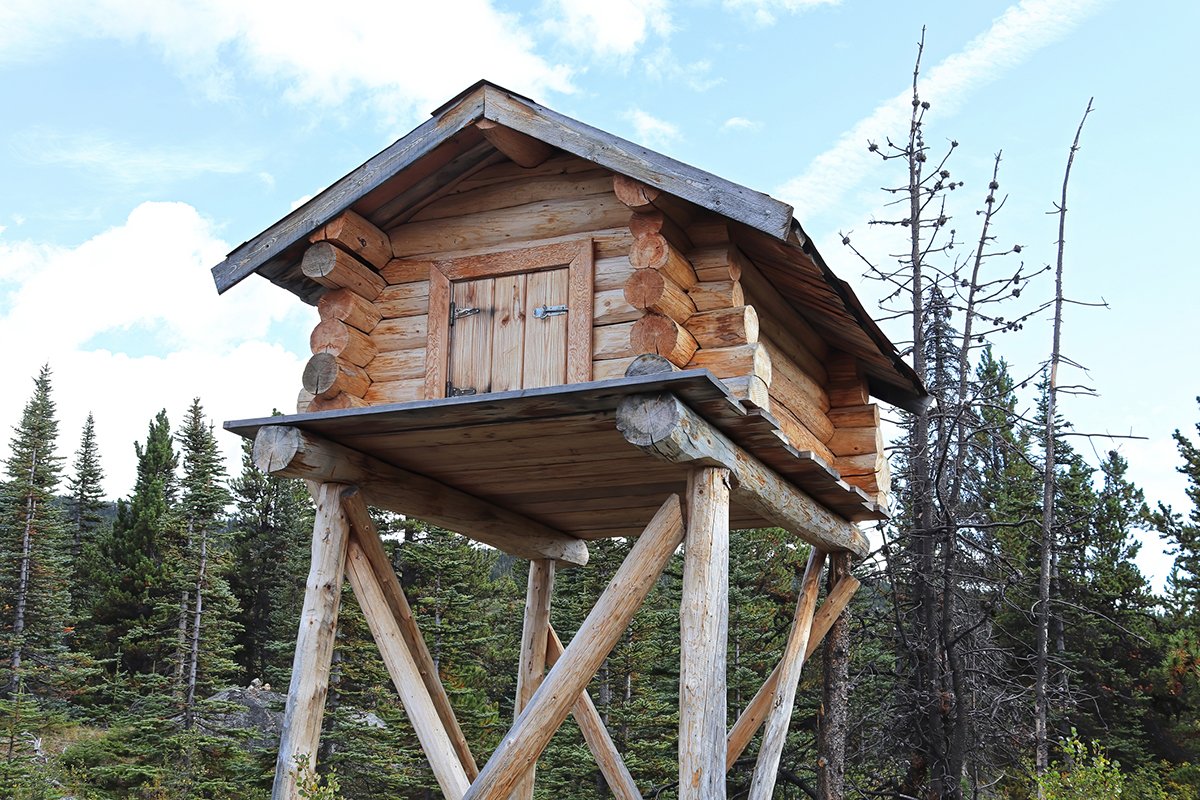
Bear Can
A ‘bear can’, also called a bear canister, is a bear-proof container that you use when hiking or camping. It weighs around 2-4.5 lbs (1-2 kg) and can hold about a week’s worth of food for a hiker (depending on how much you eat).
They can be heavy to carry but in some areas, like Olympic National Park, they are required.
Bear Bag
If you don’t have access to any of these types of caches, another option is to set up a throwline bear bag or bear cache. This should be a last resort as it is more time-consuming (and some argue less effective) than the above.
Firstly, try to set this up at least 300m from camp and downwind of camp so that the bear is not drawn to the campsite.
Find two trees that are around 15 feet apart from each other. Throw a rope up to hook around a branch of one tree and then tie the rope to the tree trunk. At the second tree, throw the rope up around a branch (you can tie a rock to the rope to help with throwing but be extremely careful that the rock does not come back to hit you, as many injuries are caused this way).
Tie your food bag to the center of the rope, and hoist it up until it’s around 10 or 15 feet from the ground. This makes sure that the food is away from either tree and from the ground.
Now tie the other end of the rope to the second tree trunk. This will keep your food cache safe, and to lower it, untie one of the ends at the tree trunk.
Check the Rules
It’s a good idea to practice this skill before heading out into the wild as it takes time and skill.
Also be aware that trees like pine trees in some areas such as the Alps are not suitable, rope can damage the tree bark and bears are clever when hungry and of course can climb trees or chew through ropes.
Finally, make sure this is legal where you are visiting – the technique is banned in some parks such as Yosemite National Park, The Maroon Bells-Snowmass Wilderness, and Denali National Park. Always check area regulations before you head out camping.
Source: https://outdoors.com/how-bear-grylls-keeps-his-food-safe-from-bears/


